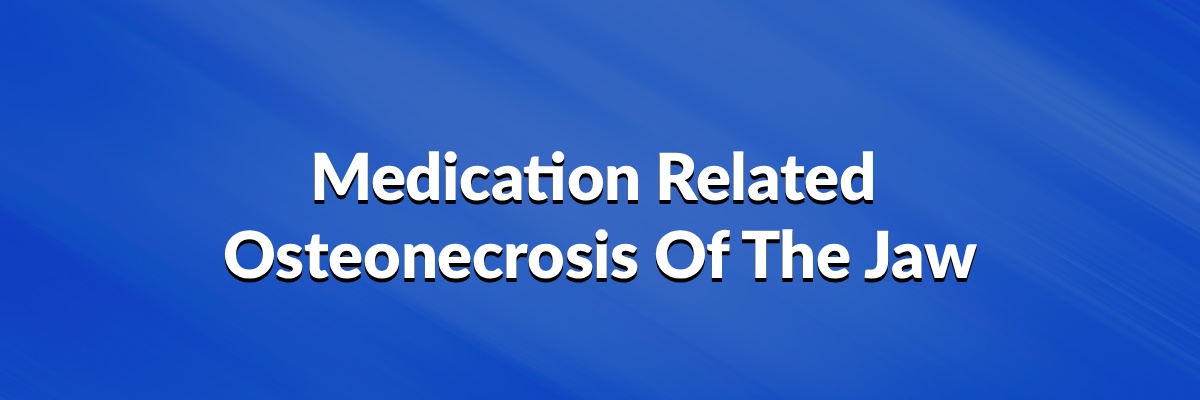Article: Craniofacial Microsomia
Kaban Classification System
- Type 1: hypoplastic mandibular condyle-ramus complex
- all skeletal components (glenoid fossa, condyle, ascending ramus) are present with a mild degree of hypoplasia. Normal function is present
- Type IIa: abnormal shaped ramus with more pronounced hypoplasia of the condyle and TMJ
- all of the skeletal components demonstrate a moderate degree of hypoplasia. While present, the condyle may appear to be malpositioned so that it is anterior and medial to the contralateral (normal side). Function is affected, but remains satisfactory.
- Type IIb: deformity of the ramus is more severe and the condyle is severely hypoplastic
- There is moderate to severe hypoplasia of the glenoid fossa and the condyle-ramus complex. Despite abnormal and severely hypoplastic condyle, many patients will still have a working joint and an actual “stop” where the condylar segment seats against the skull base. Most patients will demonstrate function that is limited to simple rotation of the condyle without any translational movements.
- Type III: complete absence of TMJ and ramus
- This is the most severe form of mandibular hypoplasia with complete absence of the condyle-ramus complex and the glenoid fossa. The affected side of the mandible has no working articulation against the skull base
- The patient described in this question has a Kaban Type III mandibular deformity with the complete absence of the condyle-ramus complex and glenoid fossa. The reconstructive approach for these patients consists of an initial phase of mandibular reconstruction using a costchondral graft for the construction of missing skeletal components (e.g. condyle- ascending ramus). This is typically carried out at approximately ages 6 to 12 years. A second stage of surgery is undertaken as the patient approaches skeletal maturity and typically consists of maxillomandibular surgery in order to normalize the occlusion and position of the lower facial skeleton.
- Often, placement of a rib graft on the affected side is combined with a contralateral sagittal split osteotomy on the unaffected side. This allows for better three-dimensional repositioning of the distal segment of the mandible. At the same time, a posterior open bite on the affected side is created and maintained during the postoperative healing period with the use of an occlusal splint. This occlusal splint is then gradually reduced in order to facilitate dentoalveolar development of the maxilla on the affected side.
- Distraction osteogenesis is a technique that allows for the lengthening of a skeletal part. In the type III deformity, there is no role for distraction osteogenesis since the condyle-ramus complex is congenitally missing and these anatomic parts can not be distracted into existence.







